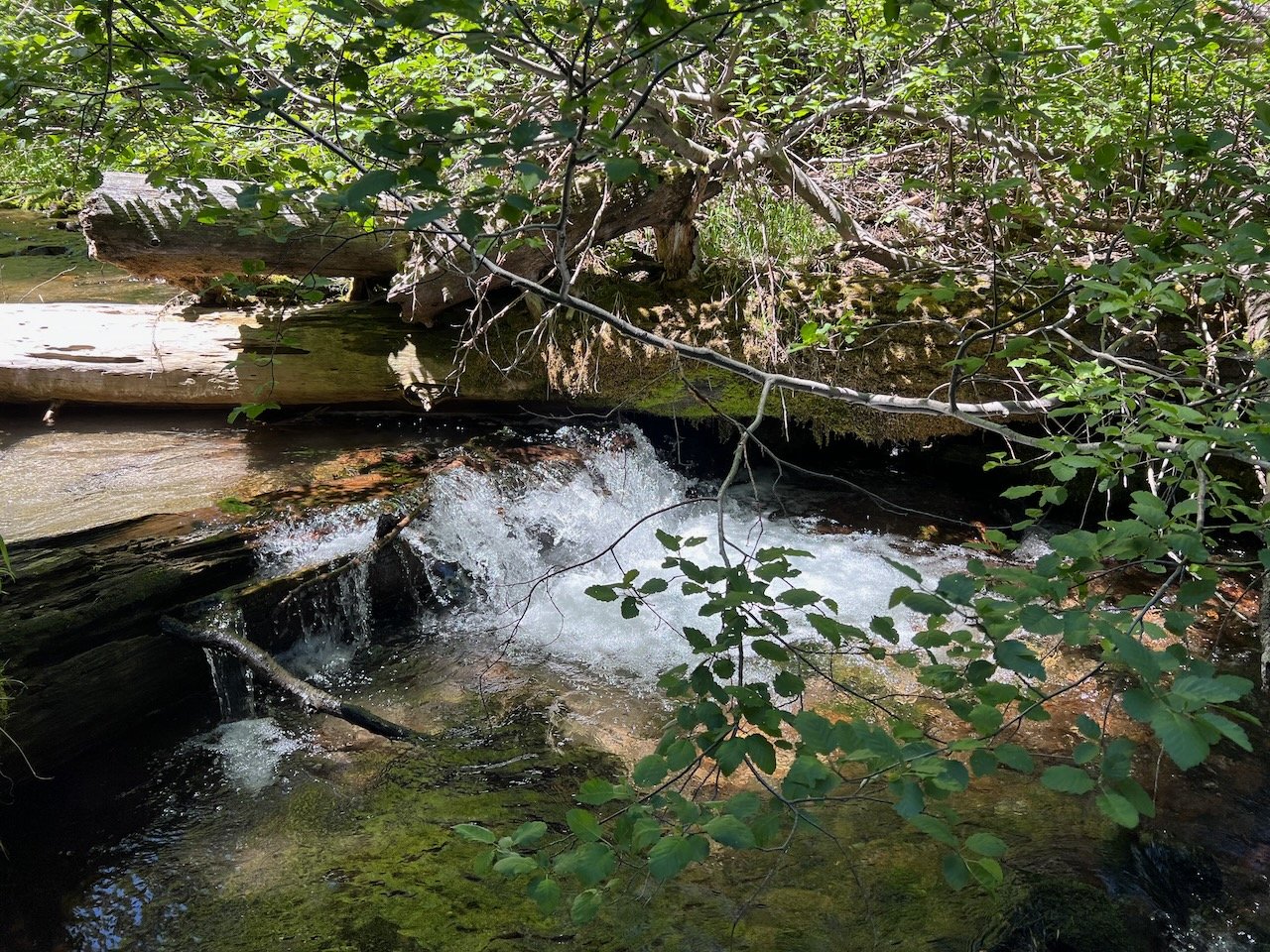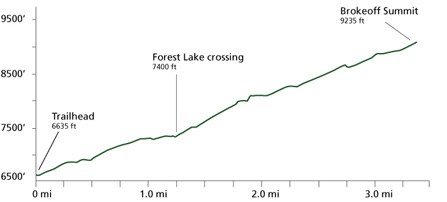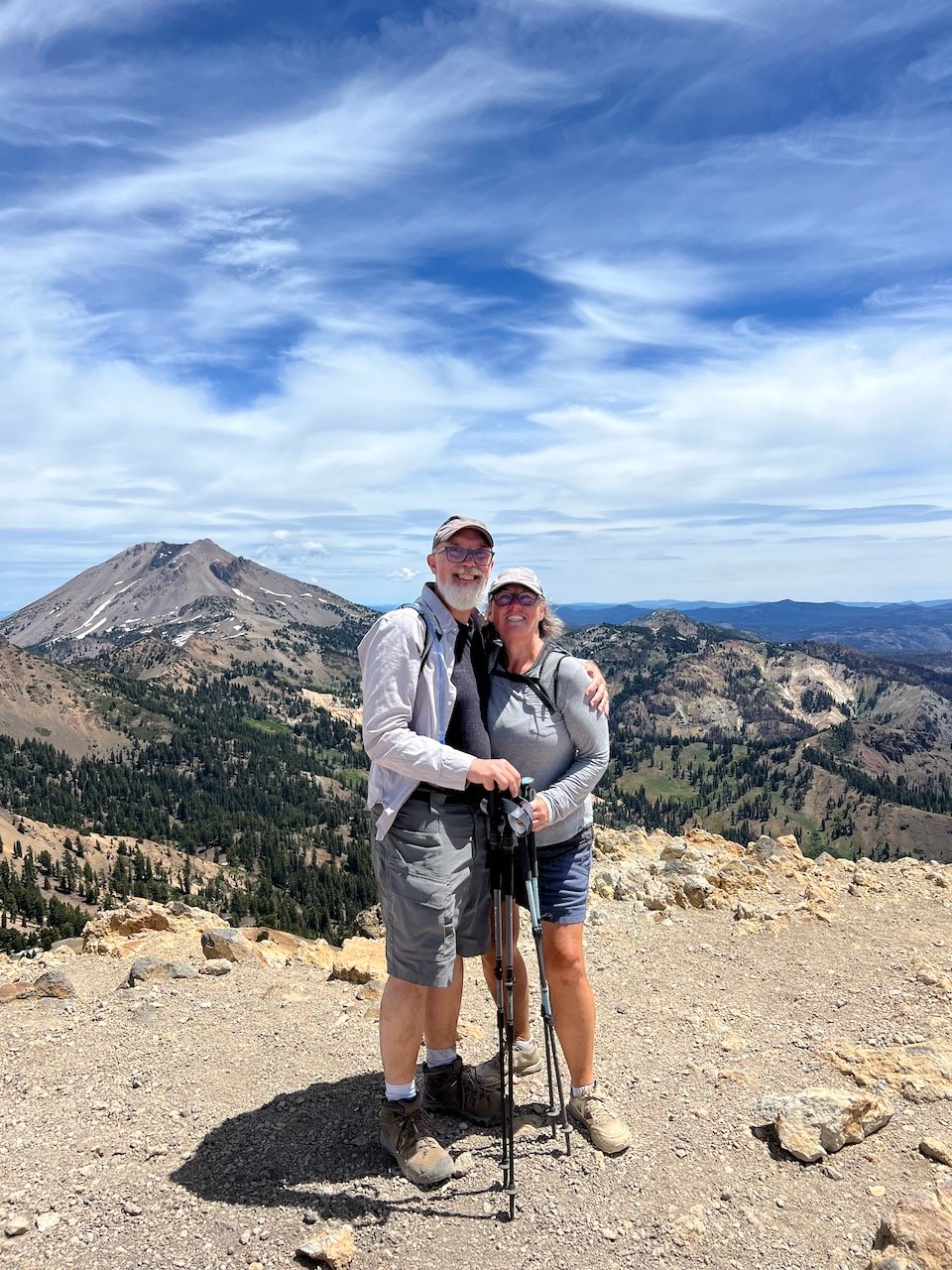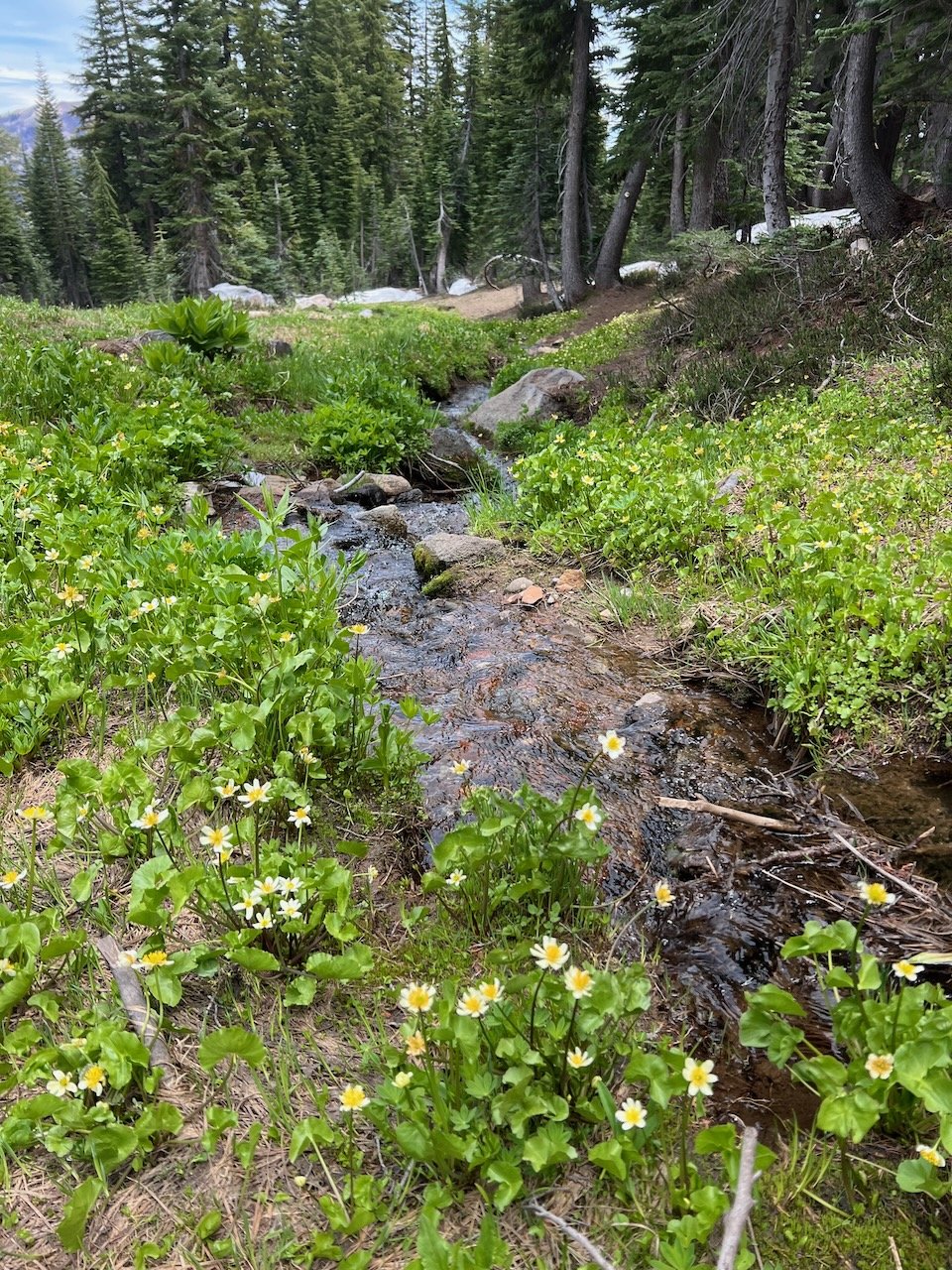You know, it’s already been a hot summer here in the Bay Area.
Actually, it’s been a hot summer all over the world, with new records being set all the time. The NOAA’s July report was, frankly, depressing.
And here we are again, on Labor Day weekend, about to experience another heat dome - and this one will create hotter temperatures than we’ve seen in a long time. What’s really bad about this particular event is the length of time it will be present (over a week in some places), and the fact that it won’t cool off overnight.
Southern California has already been baking for days; the Central Valley has been terrible; and it’s only going to get worse for all of us. Usually, the Bay Area tends to experience more moderate temperatures, since we are situated near the lovely cooling effects of the Pacific Ocean. That won’t be true this weekend or next week, unfortunately. And where we live in Walnut Creek, about 20 miles east of San Francisco, it’s generally hotter anyway (the fog rarely reaches us). It’s looks like we’re in for it.
The thing that makes this kind of heat bearable for humans is that it is extremely dry. Don’t get me wrong - we still have to be careful, especially if we’re outdoors (people die all the time hiking in hot California weather, thinking it’s not that bad). But heat plus humidity? That’s when things get really dangerous. Wet-bulb temperatures are deadly for humans. So in many ways, we are very lucky.
But the bad thing about the dryness is that our vegetation is at record low levels of moisture. That means fire. Many new fires have already started, unfortunately.
Most likely there will be more before this heat dome moves off the West Coast.
Due to the heightened risk of fire, most of our regional and local parks have been closed through Labor Day.
This means that everyone is out walking in the neighborhood, on the sidewalks, and on the streets, and most of us are doing it very early. Tom and I certainly got started early, and it wasn’t long before a fire truck passed us, siren blaring. We looked up, all around, at the open space hills that surround our neighborhood. No smoke, thankfully. We noticed that an older couple walking near us did the exact same thing. It wasn’t long before we heard more sirens, and a family with kids who was near us at the time also did the neck-crane. I realized that this has become normal, when you live in the West. It’s hot? Dry? Windy? You hear sirens? The head starts to move, warily eying the sky. It’s a chronic stressor, in late summer and early autumn.
Our family is lucky. We have air conditioning, and as long as the power stays on (another stressor), we’ll be ok. These sorts of times make me think a lot about the folks that aren’t so lucky. And about the folks who are being told to evacuate their homes, due to approaching fire. All we can do is hope that will never happen to us.

























































